Fostering Local Ownership
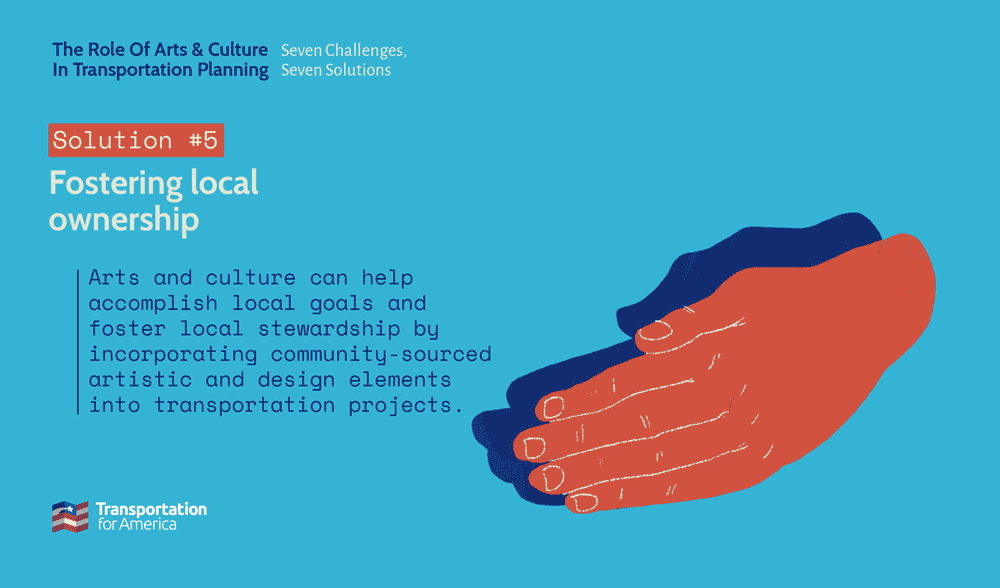
Decisions about the design of transportation systems are often made without consideration to local culture or history, and applied across an entire system, leading to bus or light rail stations that look and feel the same regardless of the neighborhood in which they’re located. While these systems may function well, their lack of contextual specificity prevents them from creating a sense of belonging within the local community. They might serve their intended function, but their design — or lack of it — turns them into isolated archipelagos that stick out like a sore thumb, rather than highlighting and elevating the context they are placed in.
Challenge: How can transportation systems reflect communities’ culture and preferences to ensure local ownership and use of these systems?
There is a growing understanding that providing access to new transportation choices does not necessarily address issues of equity. Transportation systems designed with culturally and locally relevant elements are more likely to be loved and therefore used.
Solution: Arts and culture can help accomplish local goals like improving health, encouraging walking and biking, or increasing transit ridership by incorporating community-sourced artistic and design elements into transportation projects to foster local stewardship and use.
The goal of much site-specific art in transit is to create transportation infrastructure that visually represents communities’ ideas, cultures, and stories.
Explore this approach through the following detailed case studies:
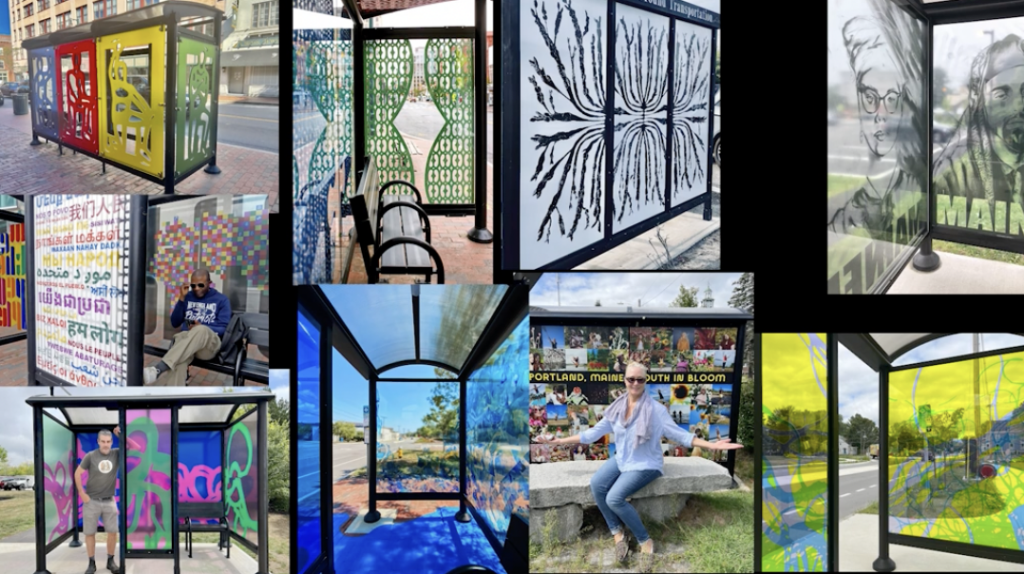
Creative Bus Shelter Initiative
Images of bus shelter designs via Creative Portland The challenge Waiting for the bus can often be inconvenient for transit riders, as bus stops often
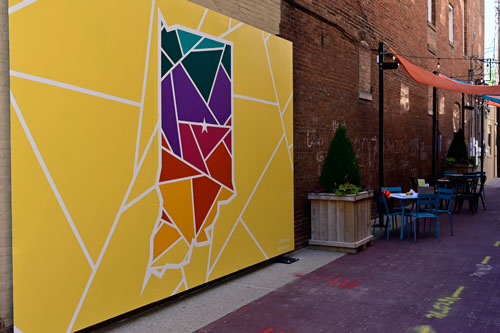
Activating Noblesville’s north alley
North Alley mural funded by a grant from the National Endowment for the Arts Introduction Alleyways are frequently perceived as dark, dangerous, and unpleasant places
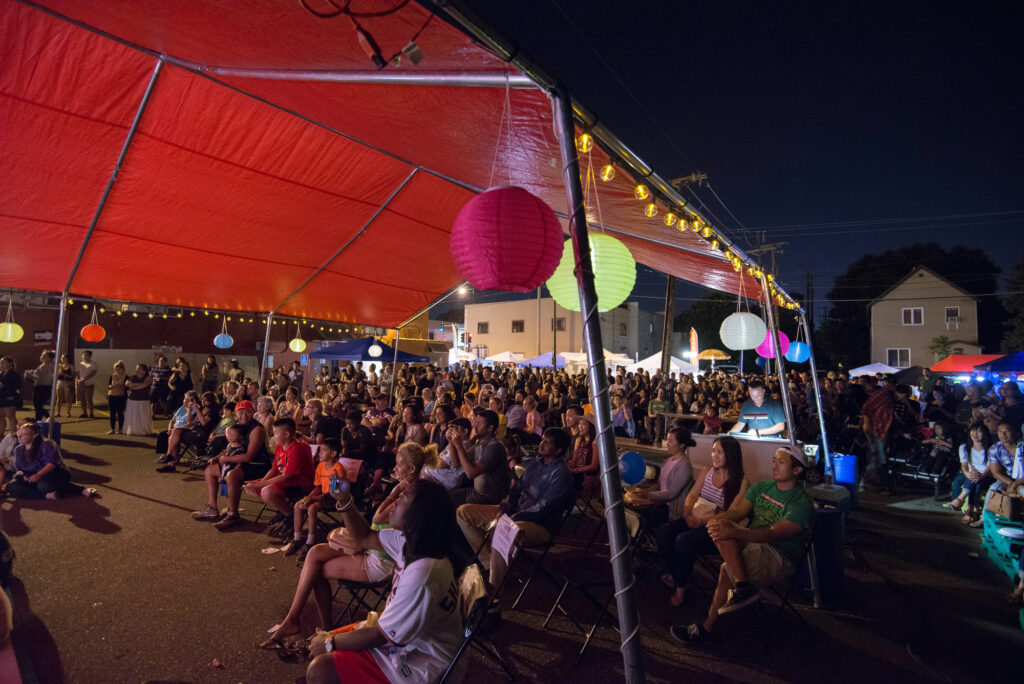
Little Mekong
Western Avenue Station of the Green Line, located in Little Mekong—a district in the Summit-University and Frogtown neighborhoods of Saint Paul with a high Asian-American
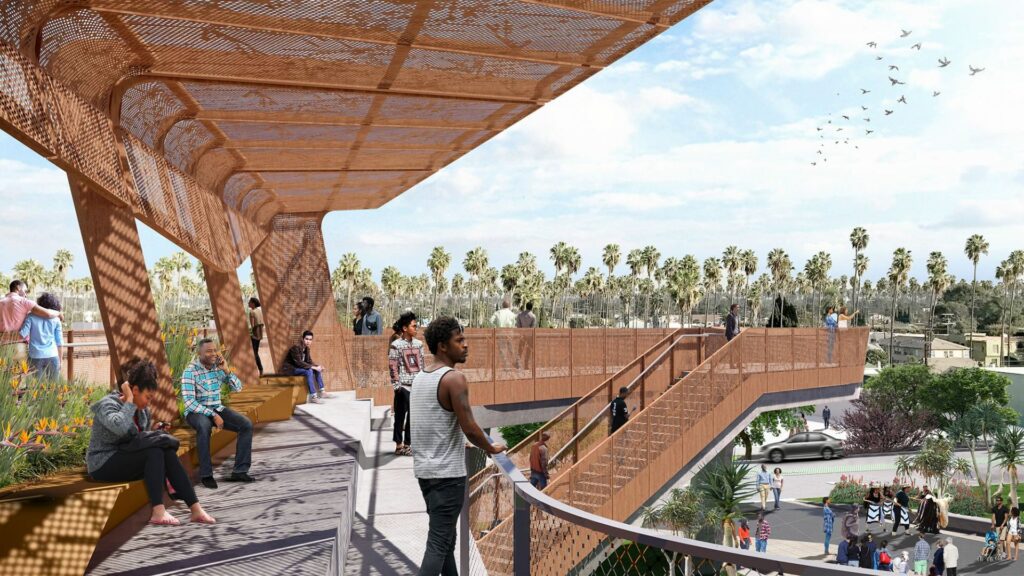
Destination Crenshaw / Heart of Hyde Park
A community-led project aims to help local residents see themselves in new infrastructure and introduce visitors to the local Black neighborhood history in Hyde Park,
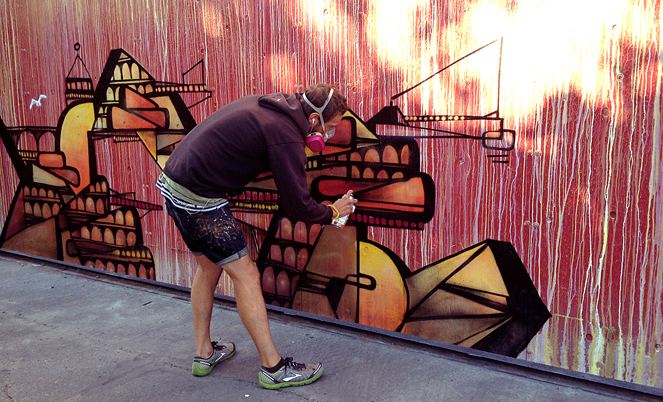
Public Art in Seattle
Seattle was one of the first cities in the country to pass a public arts ordinance (in 1973) and to make one percent of the
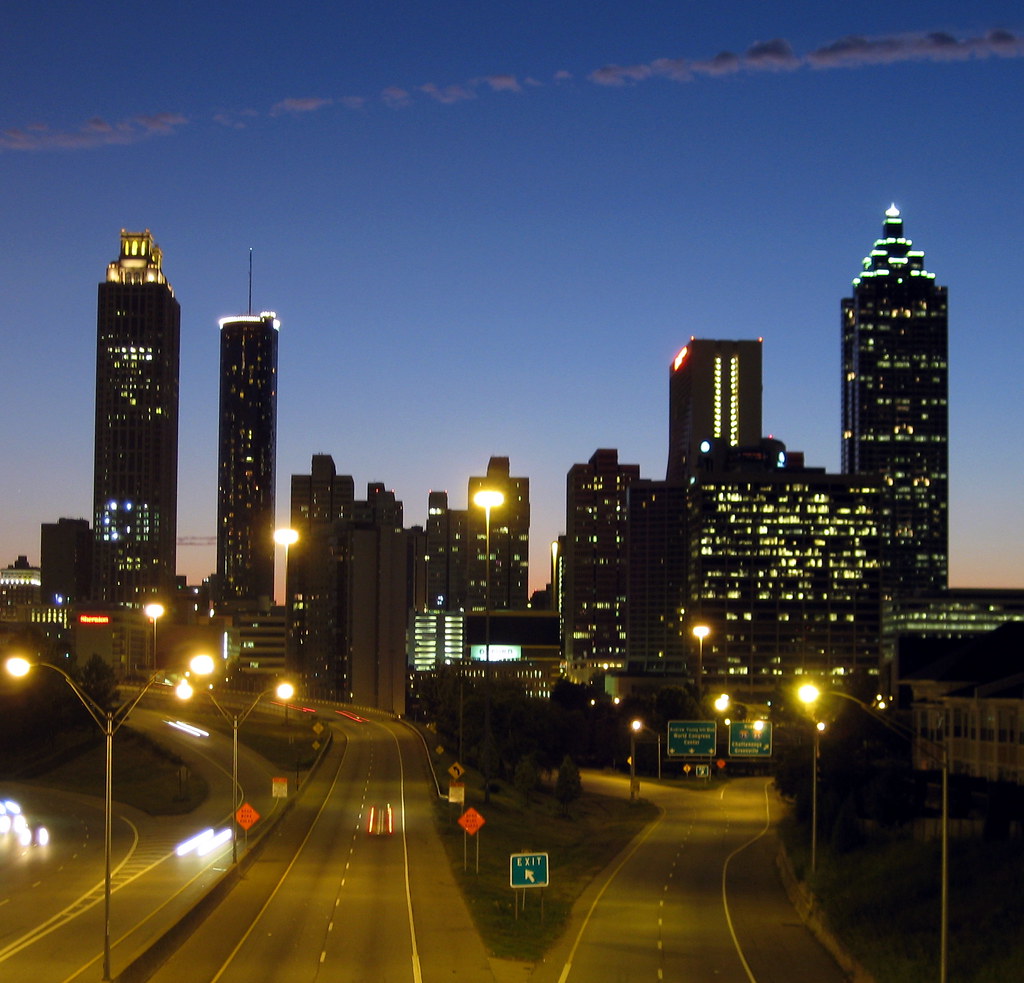
En Route
Not a typical mural project, En Route, a project between the Metropolitan Atlanta Rapid Transit Authority (MARTA), Fulton County Arts & Culture, and The TransFormation
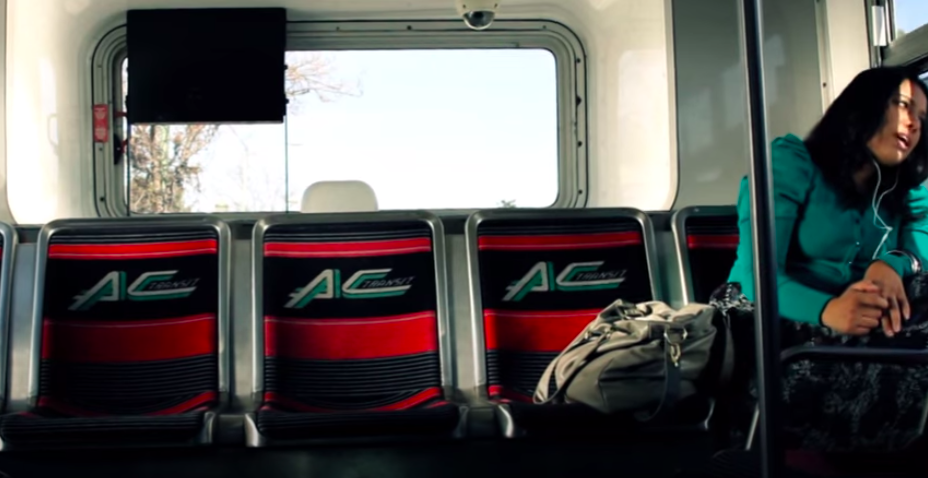
Oakland BRT
When a new bus rapid transit (BRT) system was being planned in Oakland, California, a local nonprofit helped deepen community outreach and employed young people
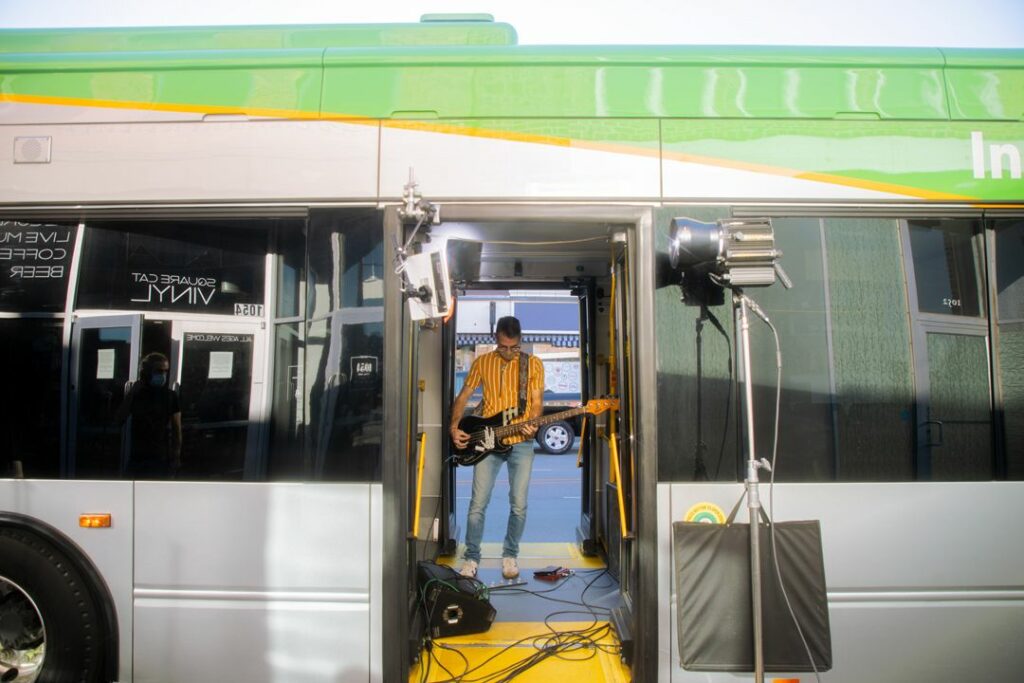
IndyGo Red Line Bus Rapid Transit
To help Indianapolis’ first bus rapid transit (BRT) route succeed, the Arts Council of Indianapolis and Transit Drives Indy worked with a number of artists
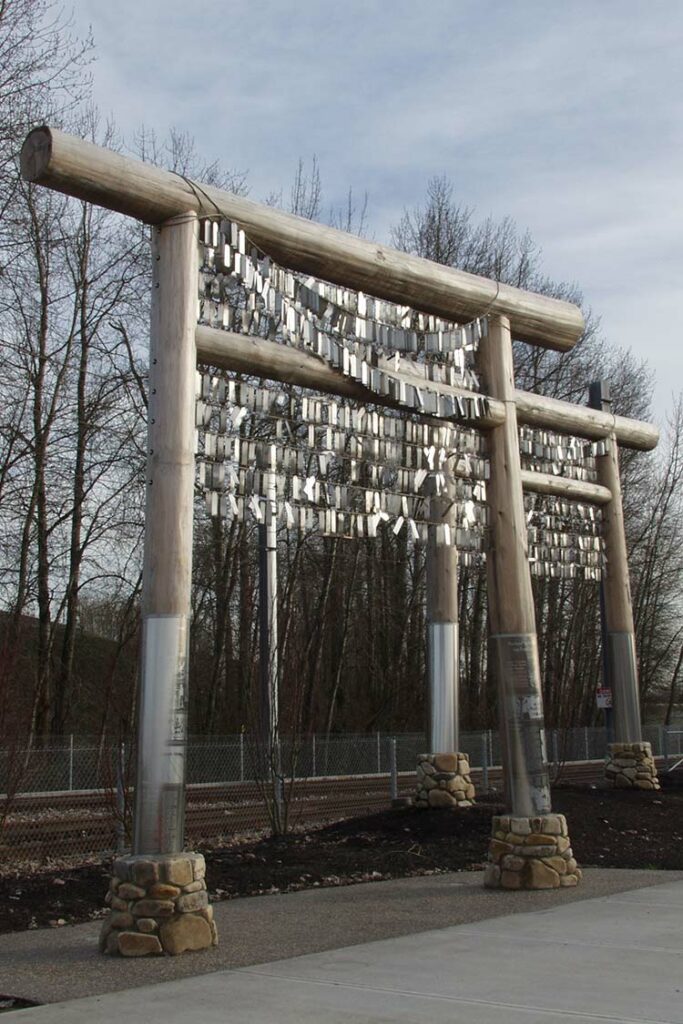
Voices of Remembrance
Portland’s MAX light rail stations are full of examples of site-specific works that relate to their surrounding places, people, and history, including Valerie Otani’s Voices
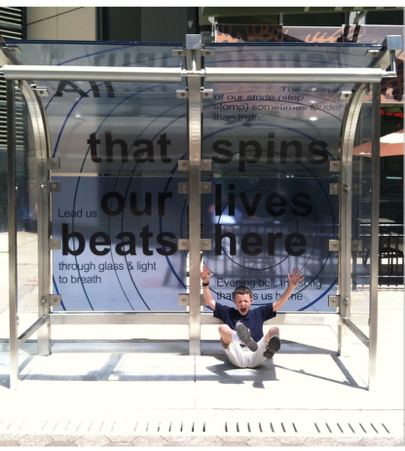
Moving Stories
The Indianapolis-based project Moving Stories sourced stories from bus riders about what makes Indianapolis home for them; then shared those stories through images and quotes
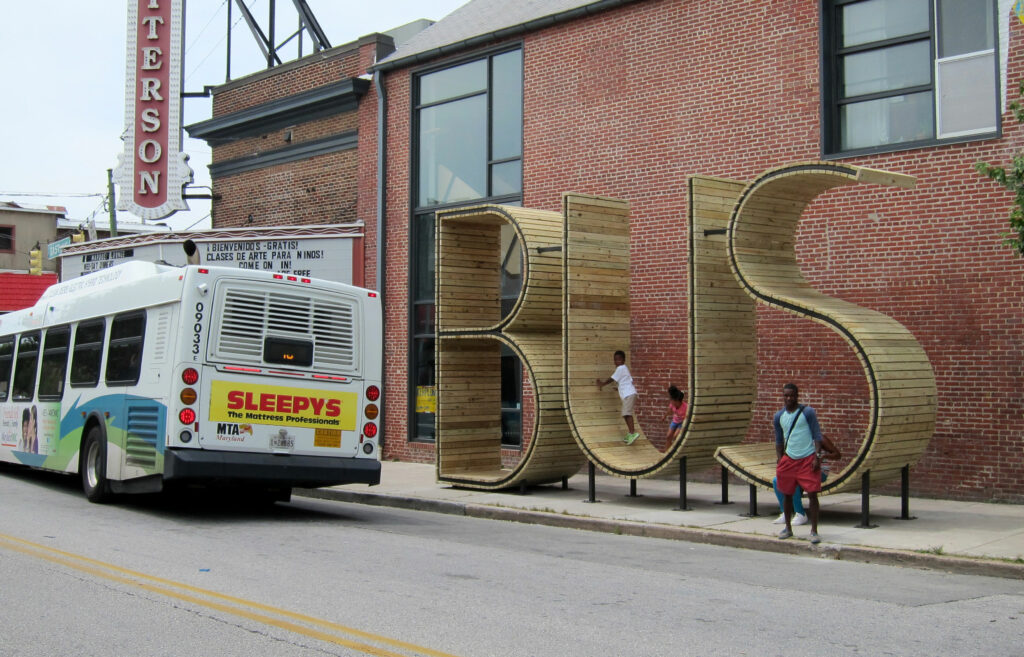
TRANSIT – Creative Placemaking with Europe in Baltimore
The TRANSIT – Creative Placemaking with Europe in Baltimore sought to expand local ownership over two elements of transportation infrastructure: bus shelters in southeast Baltimore;
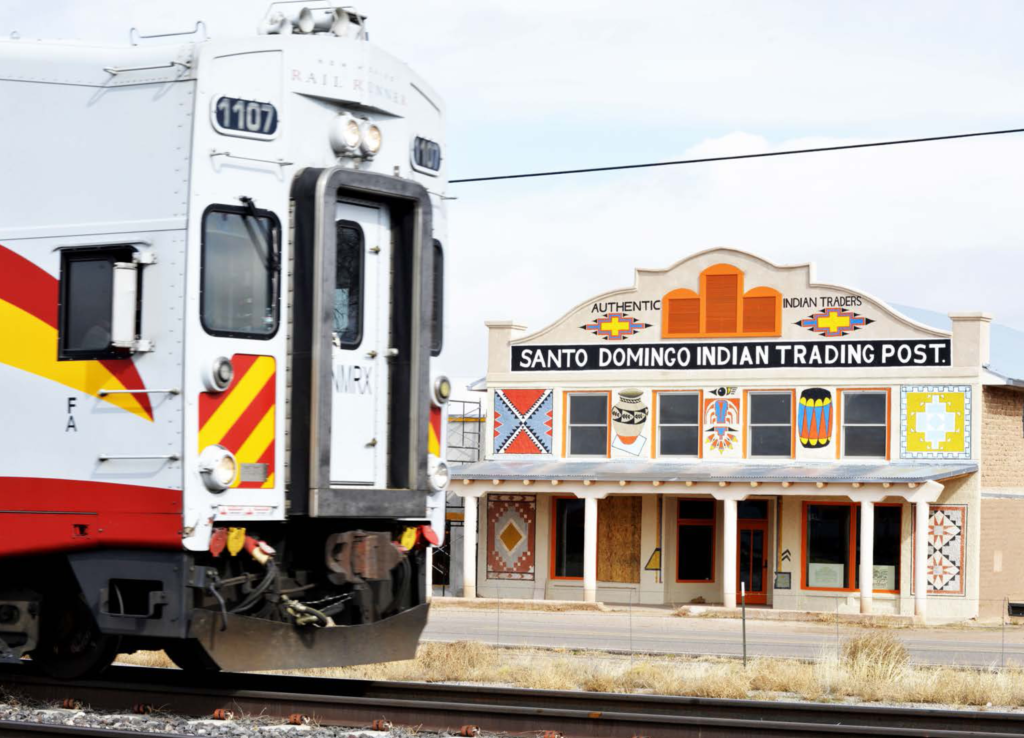
Santo Domingo Heritage Trail Arts Project
After years of transportation disinvestment that disconnected the pueblo from nearby economic hubs and pathways for tourism, the rich artistic and cultural assets of the
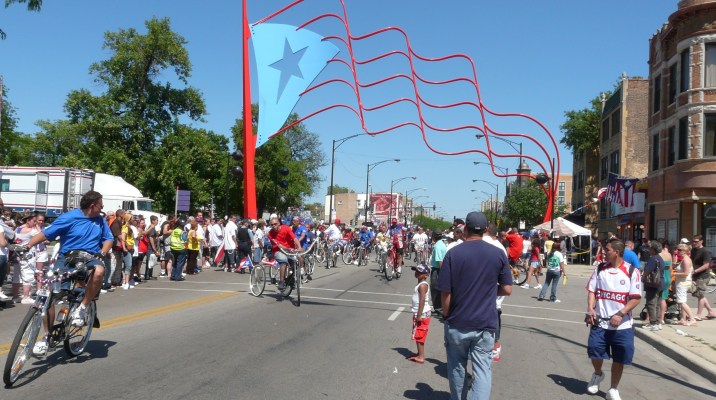
Paseo Boricua Flag
In the 1990s, a coalition of more than 80 Puerto Rican community organizations and business leaders came together to prevent displacement of their community in
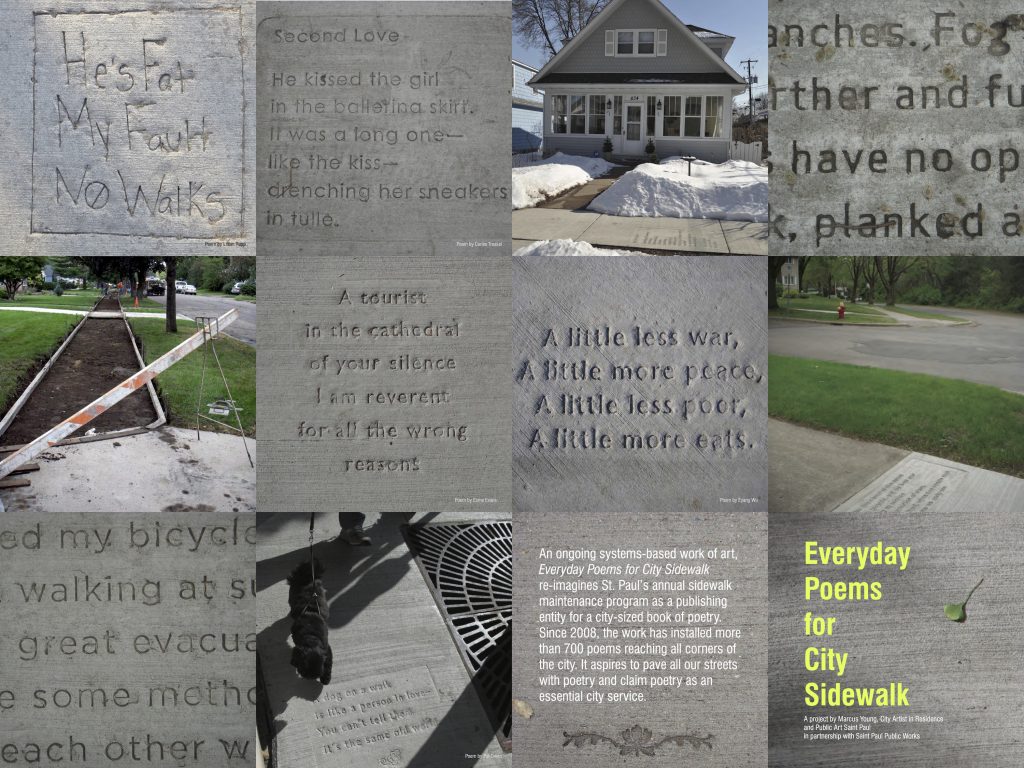
Everyday Poems for City Sidewalk
Started by artist Marcus Young 楊墨 in 2008, Everyday Poems for City Sidewalk is a program by the City of Saint Paul that uses the
